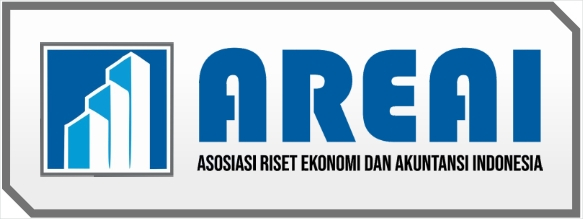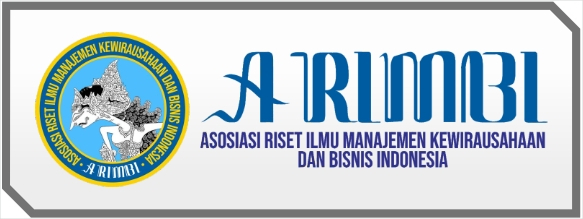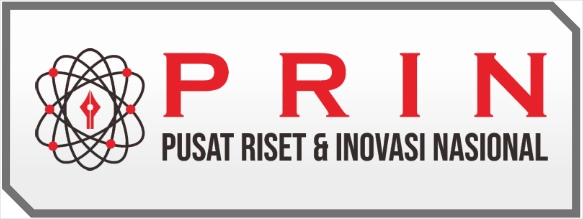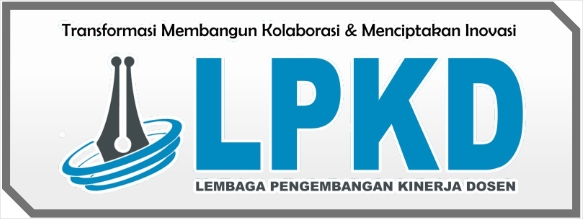Analysis Of Job Satisfaction, Leadership, Human Capital, Corporate Governance, Tax Awareness, And Firm Performance
DOI:
https://doi.org/10.55606/cemerlang.v3i2.2816Keywords:
Organizational Dynamics, Leadership Influence, Performance EnhancementAbstract
This research investigates the interplay between job satisfaction, leadership, human capital, corporate governance, tax awareness, and firm performance. The study aims to understand the intricate relationships among these factors in organizational success. Employing a qualitative research design, this study utilizes purposive sampling to gather data from participants representing various organizational levels. Data analysis involves thematic analysis to uncover patterns, themes, and relationships within the data. Results reveal nuanced insights into the influence of leadership styles, employee satisfaction, governance structures, and tax consciousness on firm performance. The findings underscore the significance of effective leadership, robust human capital management, sound corporate governance practices, and tax awareness in enhancing organizational outcomes. This study contributes to a deeper understanding of the multifaceted dynamics shaping organizational success in contemporary business environments.
References
Avolio, B. J., Walumbwa, F. O., & Weber, T. J. (2009). Leadership: Current theories, research, and future directions. Annual Review of Psychology, 60, 421–449.
Bass, B. M., & Riggio, R. E. (2006). Transformational leadership (2nd ed.). Lawrence Erlbaum Associates Publishers.
Cappelli, P., & Keller, J. R. (2014). Talent management: Conceptual approaches and practical challenges. Annual Review of Organizational Psychology and Organizational Behavior, 1(1), 305–331.
De Simone, L., Giudici, G., & Paolone, F. (2019). Tax management and corporate governance: A literature review. Corporate Governance: The International Journal of Business in Society, 19(2), 316–334.
Denzin, N. K., & Lincoln, Y. S. (2018). The SAGE handbook of qualitative research (5th ed.). SAGE Publications.
Djap, W., Hermawati, O., Irawan, D., Lie, R., & Mustikasiwi, A. (2022). The Role of Transformational Leadership, Human Capital, and Job Satisfaction in Influencing Organizaional Citizenship Behavior of Volunteers at The Buddhist Tzu Chi Foundation. Jurnal Religi : Jurnal Studi Agama-Agama, 18(02), 1412–2634. https://doi.org/10.14421/rejusta.2022.1802-04
Guest, G., Bunce, A., & Johnson, L. (2006). How many interviews are enough? An experiment with data saturation and variability. Field Methods, 18(1), 59–82.
Hite, P. A., & Dymond, W. J. (2012). Corporate tax planning and governance. Journal of Corporate Finance, 18(4), 1011–1050.
Irawan, D., Prabowo, H., Kuncoro, E. A., & Thoha, N. (2021a). Operational Resilience and Human Capital Toward Corporate Sustainable Longevity in Indonesian “Jamu” Industry. Journal of Asian Finance, Economics and Business, 8(3), 1035–1044. https://doi.org/10.13106/jafeb.2021.vol8.no3.1035
Irawan, D., Prabowo, H., Kuncoro, E. A., & Thoha, N. (2021b). The Moderating Role of Human Capital on the Operational Resilience and Strategic Orientation to Corporate Sustainable Longevity through Innovation Performance: Evidence from Indonesian Jamu Companies. Psychology and Education Journal, 58(4), 2799–2814.
Ittner, C. D., & Larcker, D. F. (2003). Coming up short on nonfinancial performance measurement. Harvard Business Review, 81(11), 88–95.
Judge, T. A., Thoresen, C. J., Bono, J. E., & Patton, G. K. (2001). The job satisfaction-job performance relationship: A qualitative and quantitative review. Psychological Bulletin, 127(3), 376–407.
Kaplan, R. S., & Norton, D.P. (1996). Using the balanced scorecard as a strategic management system. Harvard Business Review, 74(1), 75–85.
Kumandang, C., & Hendriyeni, N. S. (2021). Corporate Social Responsibility, Corporate Governance dan Manajemen Laba pada Perusahaan Manufaktur di Indonesia Tahun 2015-2019. Journal of Management and Business Review, 18(2), 193–208. https://doi.org/10.34149/jmbr.v18i2.273
Luthans, F. (2011). Organizational behavior: An evidence-based approach. McGraw-Hill Education.
Monks, R. A. G., & Minow, N. (2011). Corporate governance (5th ed.). John Wiley & Sons.
Palinkas, L. A., Horwitz, S. M., Green, C. A., Wisdom, J. P., Duan, N., & Hoagwood, K. (2015). Purposeful sampling for qualitative data collection and analysis in mixed method implementation research. Administration and Policy in Mental Health and Mental Health Services Research, 42(5), 533–544.
Rizal, Muhammad & Gulo, F. (2022). Analisis Pengaruh Insentif Pajak PPh 21, Tingkat Pendapatan Dan Sanksi Pajak Terhadap Kepatuhan Wajib Pajak Orang Pribadi. Jurnal Ekonomika, 6(2), 424–439. http://journal.lldikti9.id/Ekonomika
Solomon, J. (2010). Corporate governance and accountability. John Wiley & Sons.
Tricker, B. (2015). Corporate governance: Principles, policies, and practices (3rd ed.). Oxford University Press.
Wajong, B. E. R., Irawan, D., Wylen, & Bernarto, I. (2020). Persepsi Karyawan pada CSR, Keterlibatan Karyawan, dan Kepemimpinan Etis pengaruhnya terhadap Kreatifitas Karyawan. Jurnal Administrasi Bisnis (Jab), 10(2), 72–79. https://doi.org/https://doi.org/10.35797/jab.v10.i2.72-79
Yukl, G. (2012). Leadership in organizations (8th ed.). Pearson.
Downloads
Published
How to Cite
Issue
Section
License
Copyright (c) 2023 CEMERLANG : Jurnal Manajemen dan Ekonomi Bisnis

This work is licensed under a Creative Commons Attribution-ShareAlike 4.0 International License.




















